Get a GRIHP! on Dachshunds
This article on Dachshunds is part of a series to highlight the Big Picture of health, welfare and breeding and to help develop Globally Relevant Integrated Health Profiles (GRIHPs) for many breeds. See IPFD's Get a GRIHP! on Breed Health Initiative
Table of Contents
Breed Overview - 'In a nutshell'
-
A Dachshund is a Dachshund is a Dachshund? Did you know there are 9 different dachshunds! For decades the Dachshund has been bred in three different sizes (Standard Dachshund, Miniature Dachshund and Rabbit Dachshund) and in three different coat varieties (Smooth-haired, Wire-haired and Long-haired), resulting in nine varieties according to the FCI. In the UK and US six classifications are shown; the Rabbit (Dwarf) size is not registered as a separate variety/class.
-
The Dachshund varieties are fearless, steadfast, alert, loyal and watchful. Today many dachshunds are predominantly viewed as companion dogs, whereas in their country of origin and among hunting societies worldwide certain varieties are still used as tracking/scent dogs and for vermin control. As hunting specialists - the standard sizes hunted badger and boar, while the miniature sizes were used for rabbit and fox. The breed's conformation made the dogs ideal for locating and dispatching undesirable ground-dwelling species. Long backed, low on leg with powerful musculature and scenting instincts made the dachshund a valuable hunter's asset.
-
When the work of the dachshund changed from primarily a hunting dog to companion dog, trends for conformation extremes took root. In some cases the roles dogs play in owner's lives are accompanied by lifestyle changes which impact physical conditioning opportunities.
Key Health Concerns for Dachshunds
-
All Dachshunds are chondroplastic - short legged & their bodies are long. This is an ancient genetic mutation that exists across many breeds. However, it is not necessarily a health problem.
-
Well bred, physically fit dachshunds are generally healthy and live > 10 years up to 15 years. However, given the basic conformation of Dachshunds, unfit or overweight dogs are at increased risk for many health conditions.
-
The dachshund varieties are known to be clinically affected, at various levels of prevalence and severity, by eye, skeletal (intervertebral disc disease), heart and seizure disorders. Prevalence may vary across the different varieties and in different regional populations.. Some conditions, e.g., heart and seizures are age-related, and more common in older dogs.
-
Of some concern is increasing popularity of dachshunds in some countries. Popularity of breeds has been shown to impact sources from which 'pet' buyers obtain their puppy. Breeding programs that are focused on producing the healthiest possible offspring may conduct health screening tests or utilize available DNA tests for eyes, orthopedic evaluations for hips, elbows, patellas, spinal anomalies as well as heart testing.
See more Dachshund breed-specific health and welfare information and reference links below.
What do caretakers of Dachshunds need to know?
Environmental and management influences which can minimize health issues known to occur in the breed include proper handling, maintaining good weight and physical condition! Yes, despite their short legs these athletic breeds were bred to go to ground and performed work as hunters, tracking/scent dogs and for varmint control ... so, you can take walks with your healthy dachshund!
Body Condition matters:https://www.dachshund-ivdd.uk/lifestyle-advice/body-condition/ - See Lifestyle Advice / Dachshund IVDD
Proper Handling - avoid injuries ↑ Fitness Counts

From the Dachshund Breed Council in the UK:

Population statistics for Dachshunds... the trends.
Comment: Population statistics are most commonly available for pedigree dogs registered by kennel clubs: a few countries have more comprehensive registries. Why are registration trends important? Puppy producer's focus and reasons for breeding and selling dogs varies. There is not an endless source of well bred pups produced by health conscious breeders. Shifts - especially sudden ones - to higher demand for a specific breed can result in more dogs being available from unregulated sources (casual or commercial breeders and puppy farms); puppy buyers are often not aware of the actual source. The onus is on buyers to ensure that the breeder of their pup is knowledgeable, reputable, strives to produce the the healthiest possible offspring and that pups are raised in a suitable, nurturing environment. The see a 'cute' dog on the internet, fall in love with the look, get one a.s.a.p., is not an optimal approach to bringing a companion dog into a family. Buyer-based, immediate gratification approaches to providing the latest 'trendy' dog leads to increases in health and welfare issues for individual dogs and breeds, and presents challenges for owners, vets and society.
Population data below has been compiled from the various Kennel Club's Statistics databases/published documents. KC registered dogs do not necessarily represent all dachshunds living in the countries.To see larger chart images, right click.
UK and Australia - Registration Trends
Standard and Miniature Dachshund registrations: NOTES: for Standard varieties - there are increases in registrations for all varieties in the UK, but
especially in Standard, Smooth-coated and Standard, Wire-coated in UK - Increasing registration numbers are not so much the case in Australia.
NOTES: Data shows a registrations increase in the Miniature, Long-coated variety in the UK, and a great increase in Miniature, Smooth-coated in the UK.


Nordic Country's Standard and Miniature variety's - Dachshund Registrations
( Denmark, Finland, Norway and Sweden )
Trend - see charts - a starred notation in charts indicate a steady climb in registrations for Standard and Miniature varieties by country. Finnish Kennel Club registration figures show a steady climb in registrations for Standard, Smooth-coated and for Miniature, Long-coated dachshunds. The Swedish Kennel Club registrations for Miniature, Smooth-coated dachshunds are trending up from 2015-2019.


Dachshund - Disease Conditions and Health Strategies
 Agria 2011-2016 - Swedish Breed Profile
Agria 2011-2016 - Swedish Breed Profile
Overall Veterinary Care or Life Claims & Disc/Vertebral Data



Dachshund - Specific Health Strategies
The list below represents some (not all) of the potentially relevant health conditions in Dachshunds for which health screening is available.
-
Skeletal: Hip and Elbow dysplasia and Patella evaluations
-
Skeletal: Disc disease can and does happen at any age. Also known as: Intervertebral Disc Disease (IVDD).

-
RESOURCES: IVDD website: https://www.dachshund-ivdd.uk/
-
DNA test (genotyping of the FGF4 retrogene insertion on CFA12) - Recommendations for Dachshunds: Dachshund Health UK
-
Lafora Disease is an inherited form of epilepsy that affects some Miniature Wire-haired Dachshunds.
-
The condition typically only becomes apparent any time from the age of 5 onwards /screening programme has identified approx. 10% “Affected”. A DNA test is available. Research: Swain L, Key G, Tauro A, Ahonen S, Wang P, Ackerley C, et al. (2017) Lafora disease in miniature Wirehaired Dachshunds. PLoS ONE 12(8): e0182024. https://doi.org/10.1371/journal.pone.0182024
-
Eye Exams and DNA test for CRD / PRA
-
Heart exams
-
Coat Colour Considerations for breeders and buyers... Health & Welfare Information from the Dachshund Breed Council: Dach-Facts: Double Dapple Health Risk (Double Dapple is equivalent to Merle. Varying degrees of vision issues and hearing loss are associated with the double dapple gene combination). BUYERS: "Beware of adverts offering “Rare Coloured Dachshunds” such as Double Dapple or Piebald. These colours are not acceptable... there are serious health risks associated with the Double Dapple pattern."
Dachshund - Health Testing Recommendations/requirements
"Responsible breeders should use a combination of relevant DNA tests and clinical eye examinations."
DNA tests for Dachshunds - by variety: The Dachshund Breed Council's Health and Welfare Sub-committee has agreed that these tests should be required...
-
All three coats of Miniature Dachshunds used for breeding (dogs & bitches) should be tested for cord1 Retinal Degeneration (PRA)
-
It is also a recommendation that...
-
All Miniature Wire-haired Dachshunds should be tested for Lafora Disease
-
Notes: The most common Dachshund eye disorders are:
-
All Miniatures: cord1 Retinal Degeneration (PRA)
-
Mini-Longs: Distichiasis (detected by eye exam)
A word on Dachshunds used in crossbreeding
With the rise in popularity of designer hybrid breeds, the Dachshund is combined with other dog breeds. The internet is a publicity hub with numerous sites promoting Dachshund mixes (Pekehund, Dashalier, Shethund, Dockers, etc...) It is important to recognize that the unique characteristics of purebred dog breeds have been set by generations of selective breeding. Each purebred dog breed carries phenotypic and genotypic traits (character, body style and predispositions to develop health conditions). While designer breed dogs are often promoted as healthier and possessing the 'best' characteristics of both breeds, the truth is prices for 'rare' designer dogs may be very high and breeder commitment to understanding underlying genetics of health conditions and necessary health screening of the parents and families of dogs used in the crossbreeding with the aim to to minimize risks is often lacking.
References and Databases
DogWellNet - Dachshund Resources
DogWellNet Pedigree Dogs Database
Genetic Tests (HGTD)
IDHW Presentation
Article: Danish Kennel Club Presentation
Summary Dachs Life Health Survey: Dogs from multiple European countries (UK, Scandanavia...), North America (US, Canada), Australia and New Zealand !!! AMAZING INFO !!! Link to Summary Health survey (Hint: see page 38 Disease prevalence chart.)
Kennel Club Databases and Resources
Swedish Agria Breed Profiles for Miniature and Standard Dachshunds (Access by Breed Health Club Representatives or other breed health experts)
-
Dachshunds Miniature
-
Dachshunds Standard
Other Publications and Articles
IPFD and The World Small Animal Veterinary Association
See our series of Meet the Breed articles in the WSAVA Bulletin and associated Get a GRIHP! Articles on DogWellNet.com:


-
Welsh Corgi
-
Dachshund
-
French Bulldog
-
Australian Shepherd
-
Saluki
-
Golden Retriever
-
Bernese Mountain Dog
-
Black Russian Terrier
-
Pug
-
Finnish Spitz
-
Rhodesian Ridgeback
-
Rottweiler
-
Whippet
-
Belgian Shepherd
-
English Bulldog
-
Irish Soft Coated Wheaten Terrier
-
Dalmatian
-
Border Terrier
-
Staffordshire Bull Terrier
-
Siberian Husky
-
Dobermann
-
Shih Tzu
-
English Setter
-
Beagle
-
Chihuahua
 Donate
Donate
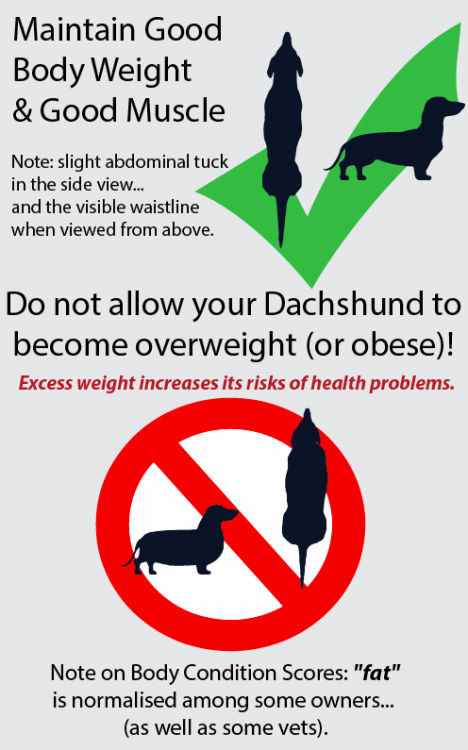
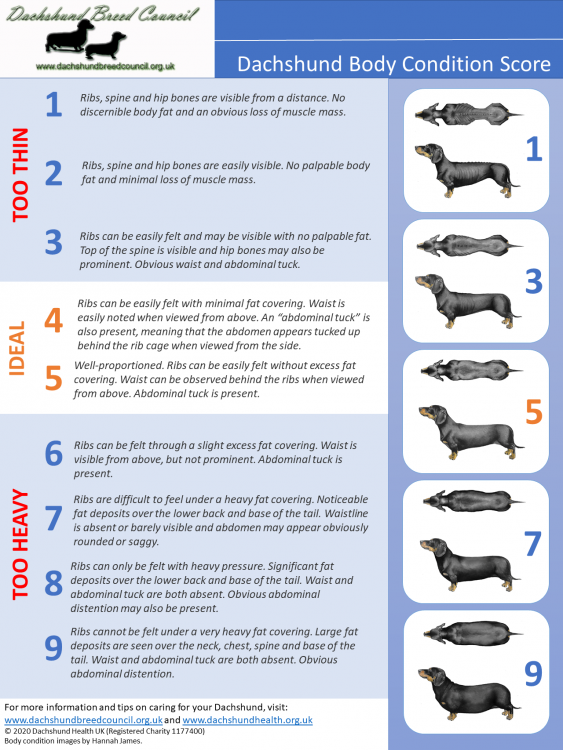
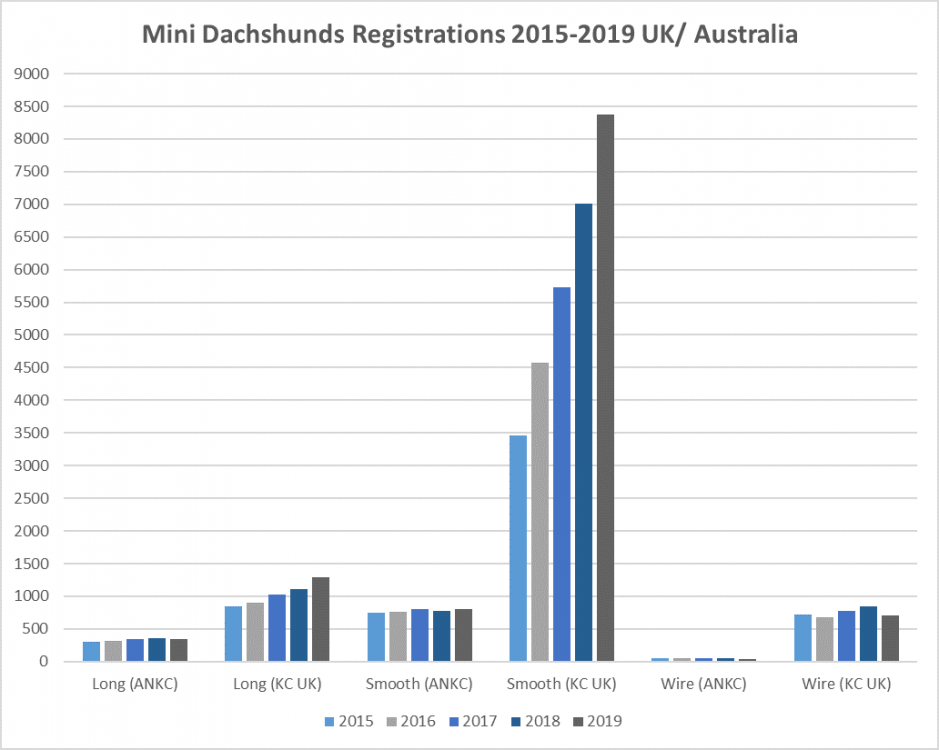

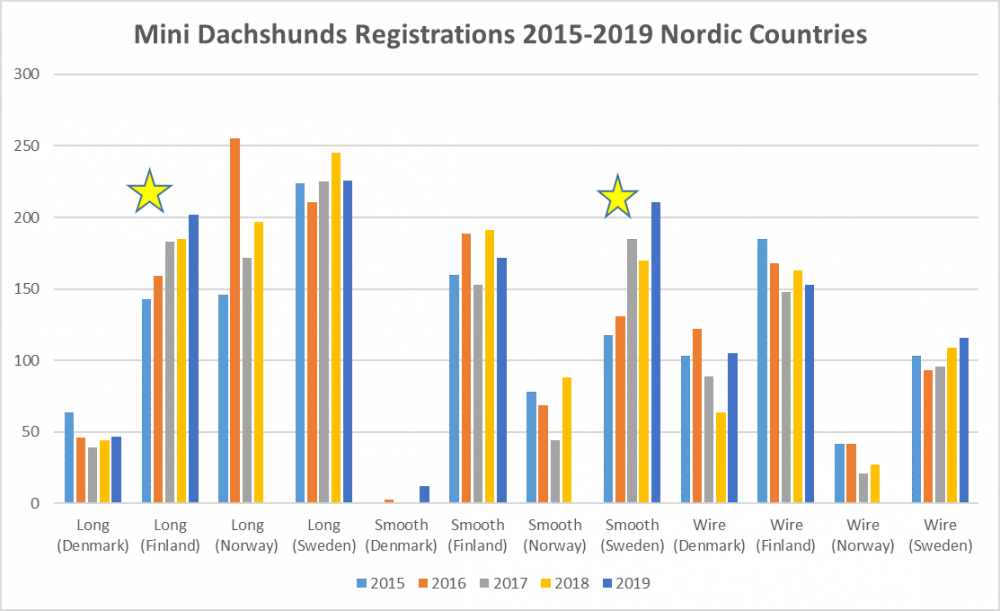
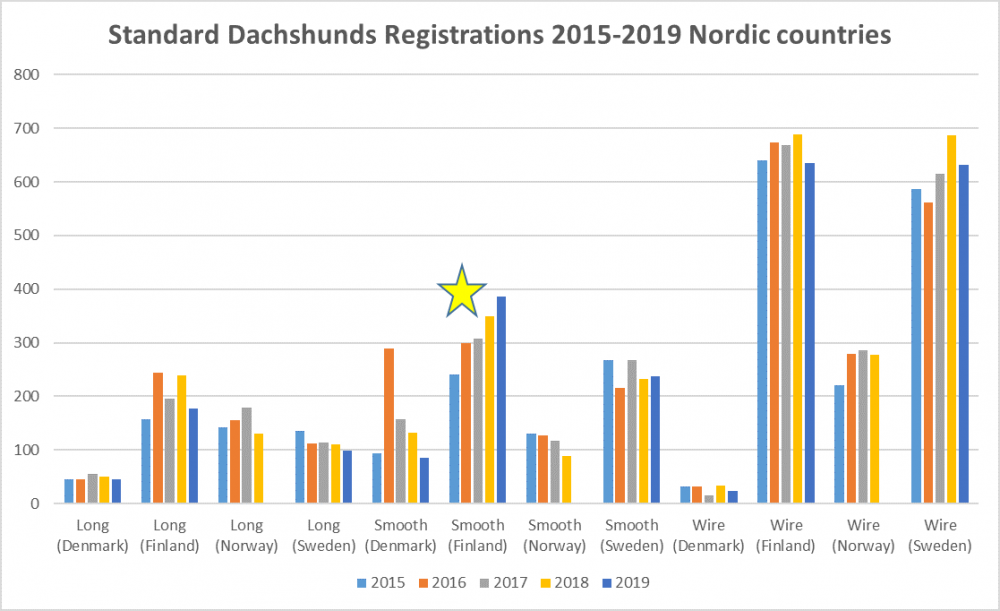
 Agria 2011-2016 - Swedish Breed Profile
Agria 2011-2016 - Swedish Breed Profile
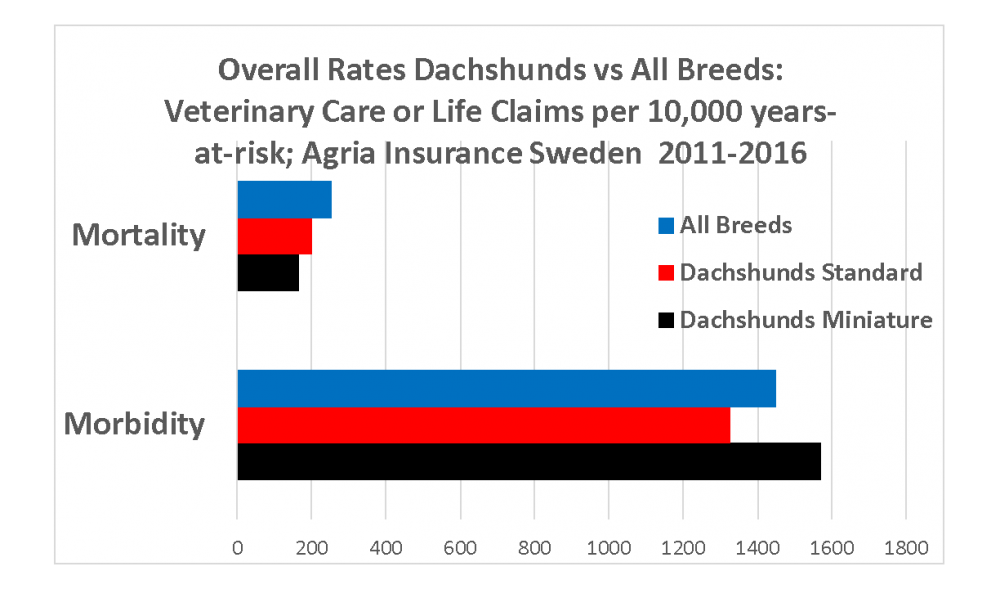
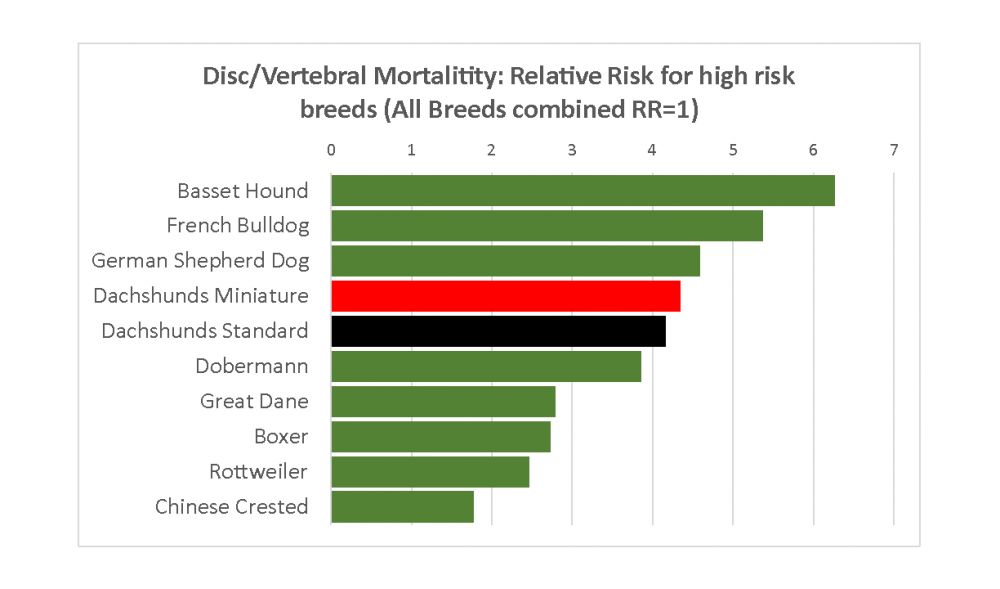
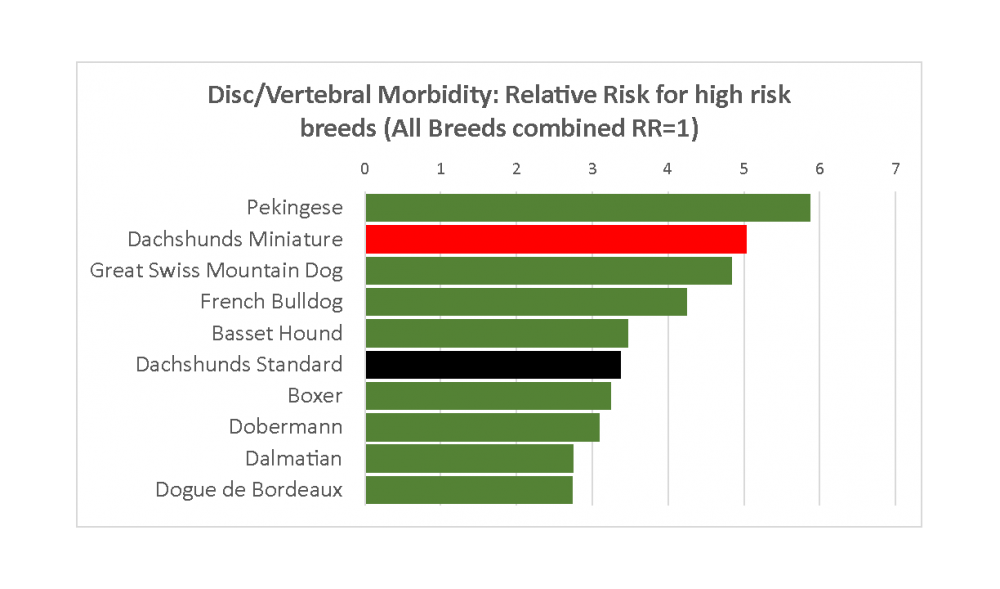
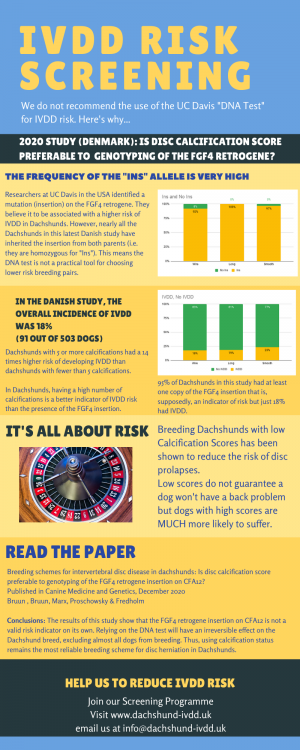


Recommended Comments
There are no comments to display.
Join the conversation
You can post now and register later. If you have an account, sign in now to post with your account.
Note: Your post will require moderator approval before it will be visible.